
1. Alphabet of Lines Shape Drawing
The ten most common are often referred to as the "alphabet of lines." Let's look at an explanation and example of each type. Object lines. Object lines (Figure \(\PageIndex{3}\)) are the most common lines used in drawings. These thick, solid lines show the visible edges, corners, and surfaces of a part. Object lines stand out on the.
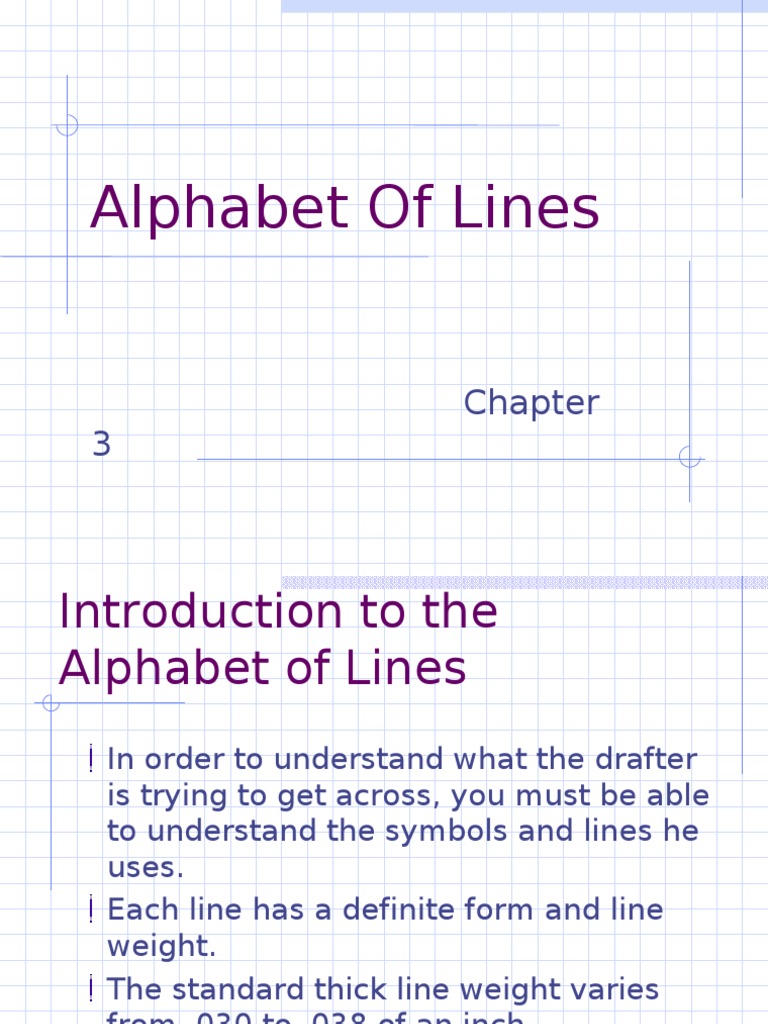
Alphabet of Lines
Introduction to the of Lines Alphabet In order to understand what the drafter is trying to get across, you must be able to understand the symbols and lines he uses. Each line has a definite form and line weight. The standard thick line weight .030 to .038 of an inch. varies from The standard thin line weight varies .015 to .022 of an inch. from

Alphabet Of Lines Tle 7 Arrow indicates the direction of view
This video is created to educate learners about Technical Drafting. If you have suggestions, recommendations and something toy say, feel free to comment. Ple.

Alphabet Line Correct usage of this alphabet of lines is essential
The Alphabet of Lines includes all the basic line types, such as visible, dimension, hidden, center, extension, cutting plane, short and long break, leader, phantom, and section. Each line type helps clarify the object's appearance and defines specific details. Objective: Identify and apply the principal lines used from the Alphabet of Lines.
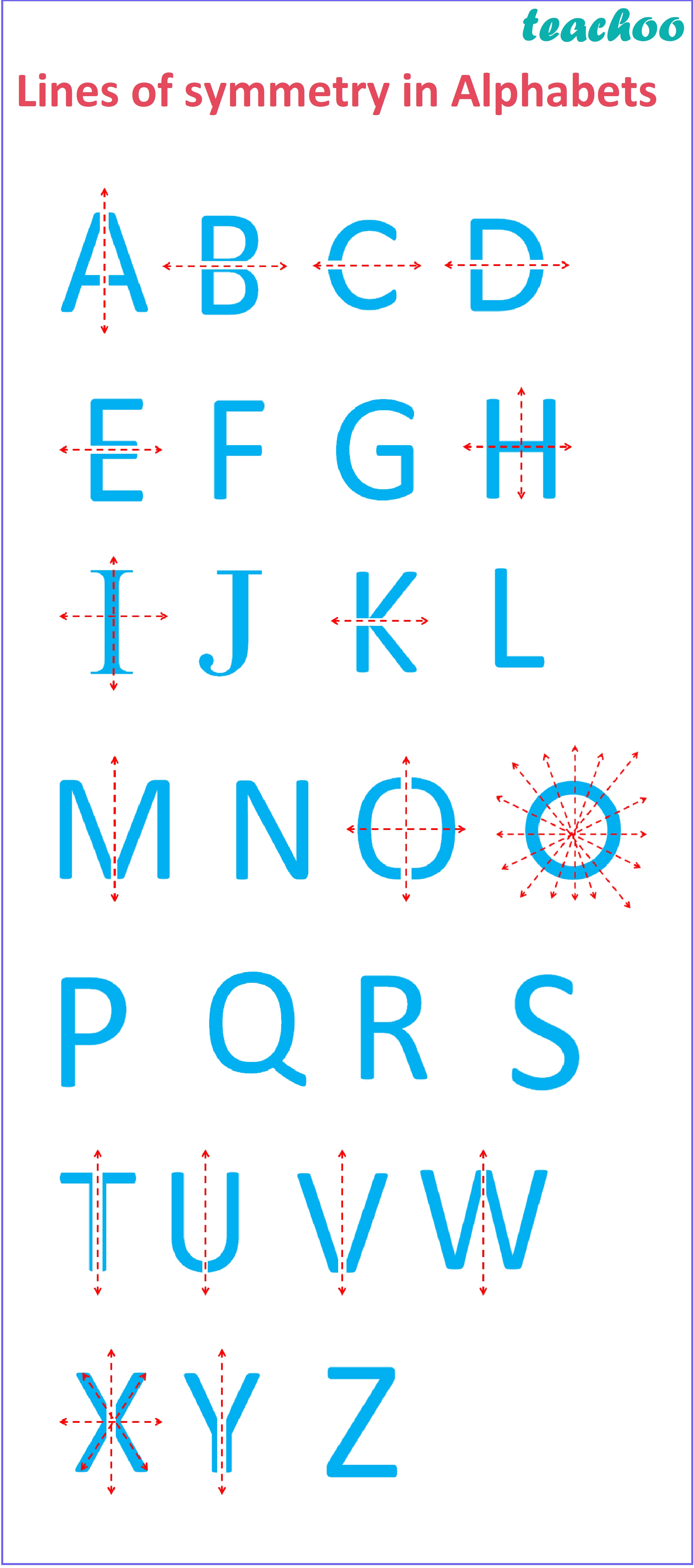
Lines of symmetry in Alphabets [Full list + How to find] Teachoo
The alphabet of lines is a set of standard line types established by the American National Standards Institute (ANSI) for technical drawing. The alphabet of lines and the approximate dimensions used to create different line types, are referred to as linestyles when used with CAD. The standard line types used in technical drawings are

SOLUTION The alphabet of lines Studypool
The ten most common are often referred to as the "alphabet of lines." Let's look at an explanation and example of each type. Figure 2 shows these ten line types and how to draw them. Technical Drawings Line Types Figure 2 - Line Types and Techniques Object lines Object lines (Figure 3) are the most common lines used in drawings.
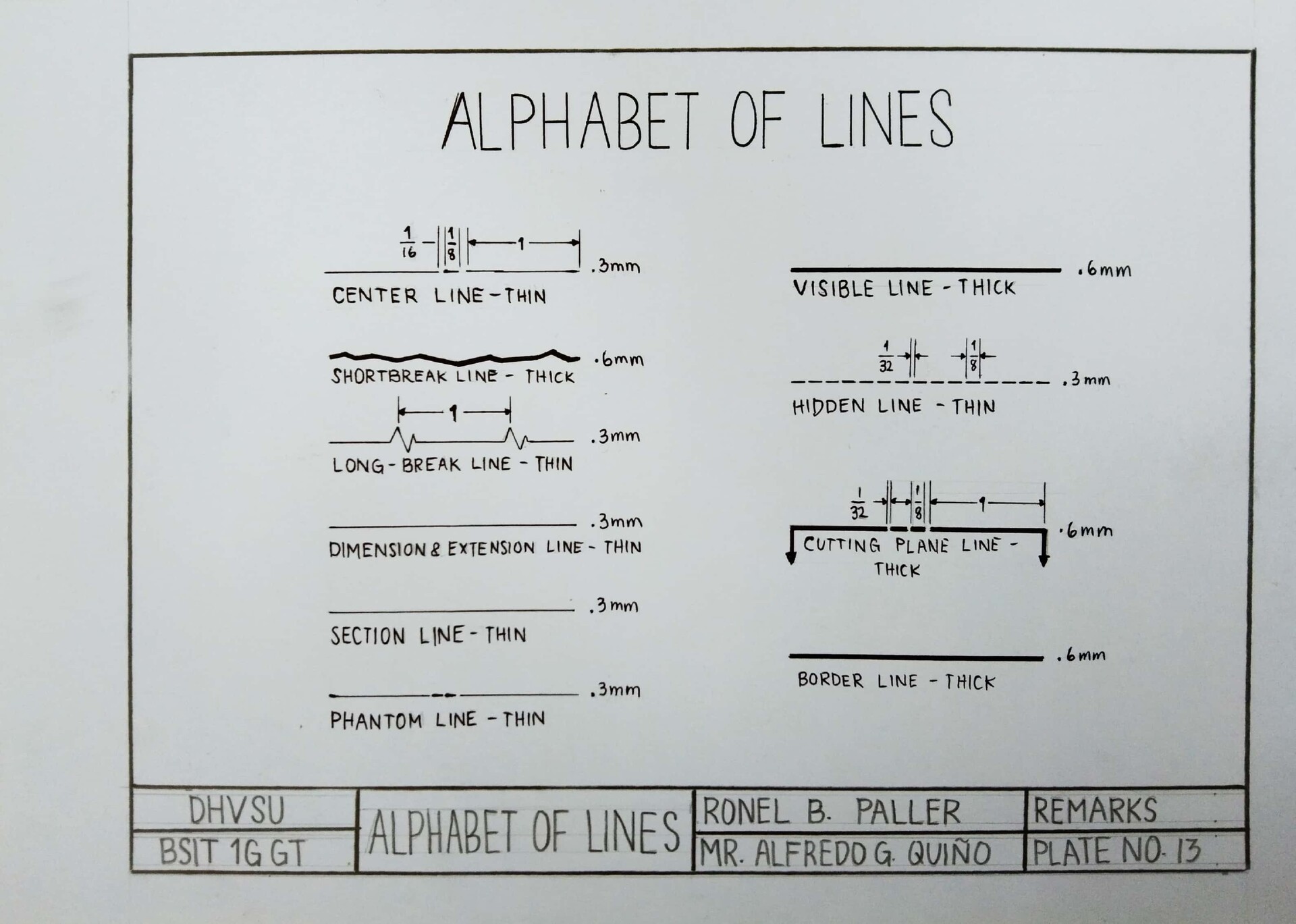
ArtStation Alphabet of Lines
1. Draw A - 16 square boxes 1.5" 2. Draw B - 2" square box - This box isn't centered on the page. The top of the box is located 5/9 of the 1.5". 3. Draw the following letters next: C, D, E, G, I, J, the outer ear, & the bottom half to the large circle. 4. Draw the eye pupils. Start with the left pupil.

Alphabet Lines In Drafting Vista961_a isometric drawing exercises
All lines are distinct, easily read and of the appropriate line weight and type. The skill is completed within a one-hour time period. (Time is based on using drawing in Attachment B to complete the skill.) PERFORMANCE ELEMENTS 1. Identify "Alphabet of Lines" by name, line type variation, order of usage and application on technical drawings. a.

5 Alphabet Of Lines / Find your property line with these easy solutions
Alphabet of lines are lines needed to cover the lines with labeling symbols within the diagram.

Alphabet Of Lines The use of line symbols enables engineers/designers
The following types of lines constitute the alphabet of lines and are commonly used on technical drawings. 1. Object lines (also called visible lines) a. Object lines describe the visible surface or edges of an object. They are drawn as thick lines. b. Drafters generally use a soft lead (e.g., H or F) to draw object lines
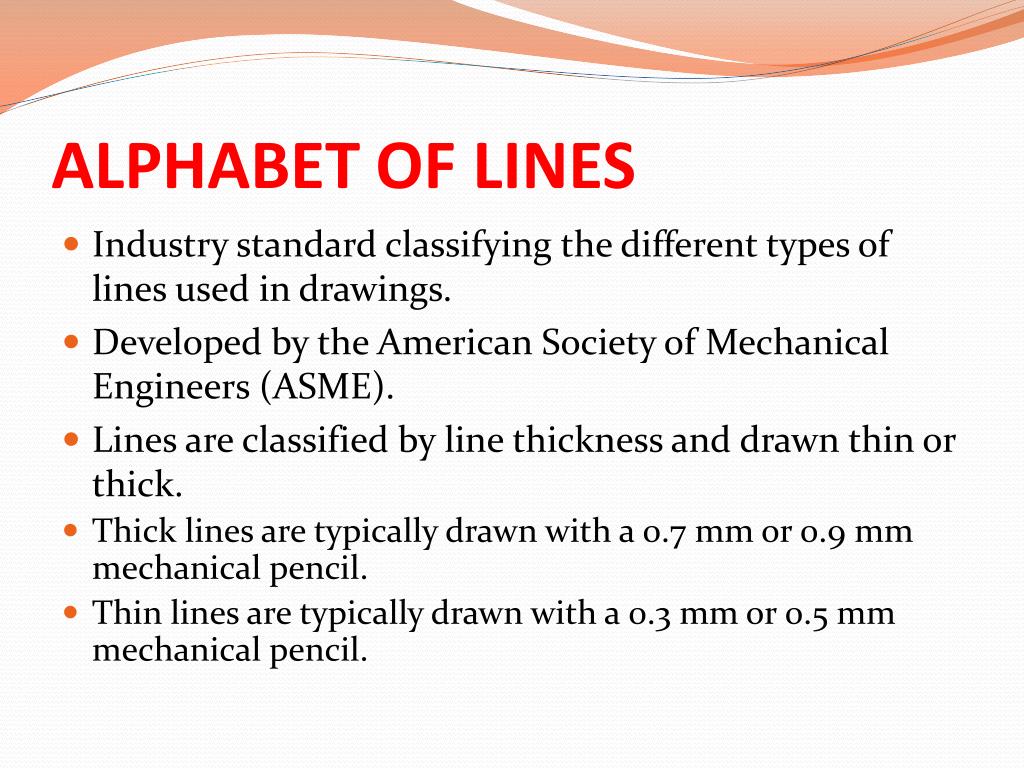
5 Alphabet Of Lines used to represent the visible edges of an object
The Alphabet of Lines in Technical Drawing Lines in technical drawings are part of a specialized graphic language that is standardized throughout industry. Each type of line has a very precise symbolic meaning. Correct usage of this "alphabet of lines" is essential whether you use traditional drafting methods or CAD.
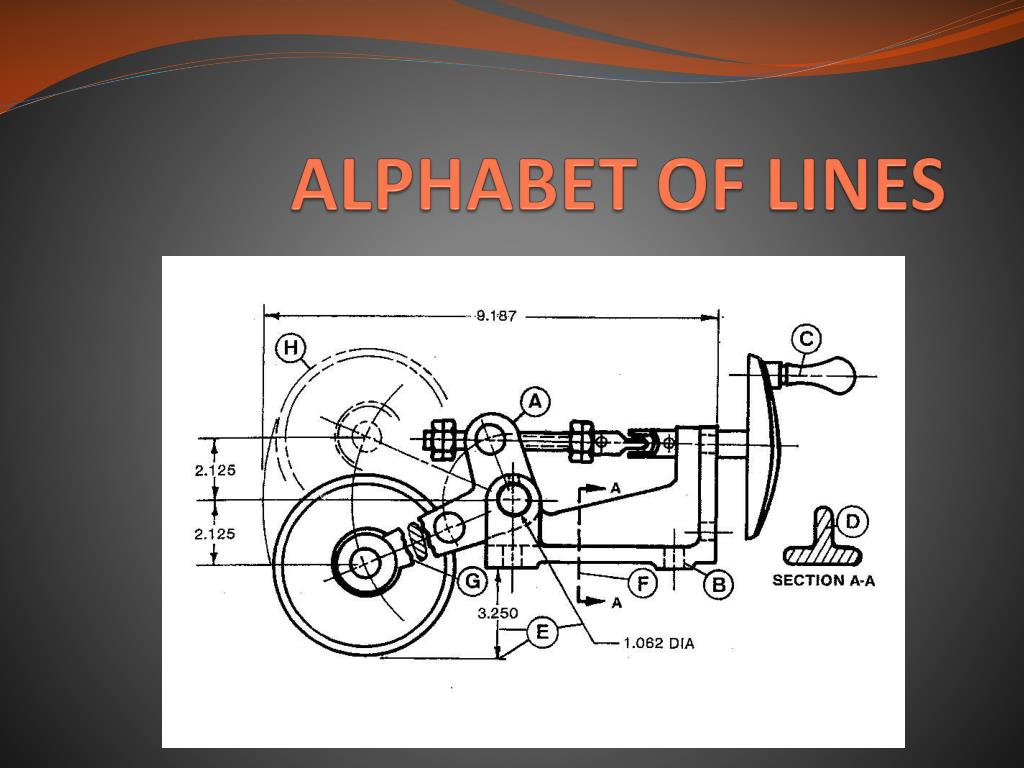
Alphabet Of Lines This “dog alphabet” is both quite adorable and
1. OBJECT OR VISIBLE LINES - Thick dark line use to show outline of object, visible edges and surfaces. 2. CONSTRUCTION LINE - Very light and thin line use to construct layout work. 3. DIMENSION LINE - Thin and dark lines use to show the size (span) of an object with a numeric value. Usually terminates with arrowheads or tick markings. 4.
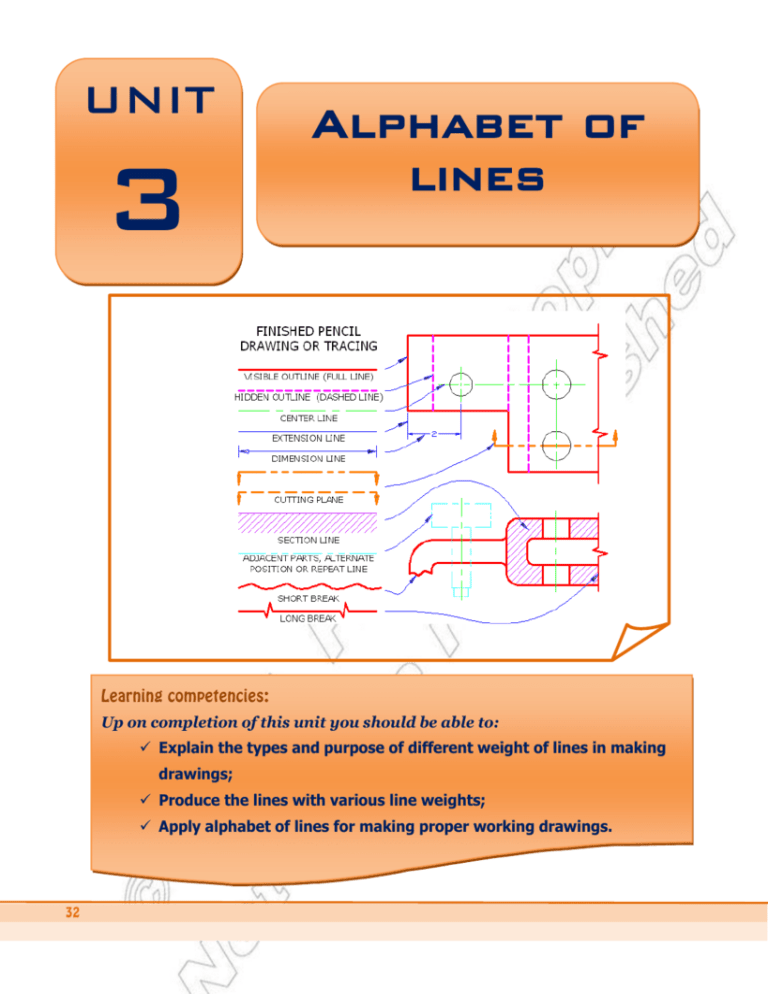
Alphabet of lines UNIT
Thick lines with two dashes every inch or so used to indicate where a drawing has been cut for a section view; arrows indicate the viewing direction. Indicates internal features for further, larger or more detailed inspection.

Alphabet Of Lines Examples 7 what object represents a line
The Alphabet of Lines is used to make a drawing neater and clearer to understand. Different lines represent different aspects of a drawing. Construction Lines Visible/Object Lines Hidden Lines Center Lines Dimension Lines Extension Lines Phantom Lines Long Break Lines Short Break Lines Cutting-plane Lines Section Lines Chain Lines Leaders

Alphabet Of Lines
ALPHABET OF LINES ENGINEERING made EZ 885 subscribers Subscribe 21 Share Save 1.5K views 1 year ago Engineering Drawing This video is all about Alphabet of Lines in Engineering Drawing..
Alphabet of Lines ClipArt ETC
Introduction to the Alphabet of Lines. In order to understand what the drafter is trying to get across, you must be able to understand the symbols and lines he uses. Each line has a definite form and line weight. The standard thick line weight varies from .030 to .038 of an inch. The standard thin line weight varies from .015 to .022 of an inch.